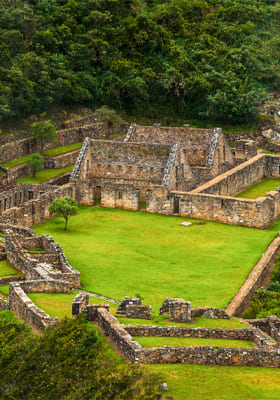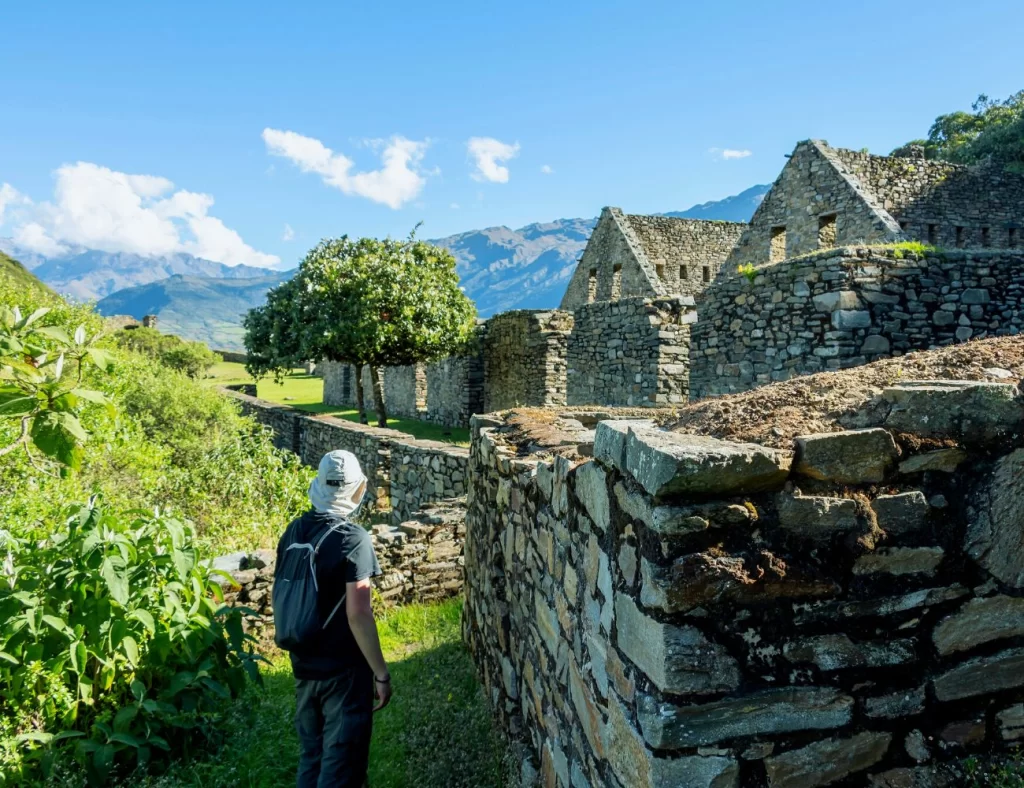Do you want to know more about The Inca Citadel of Choquequirao? Built in an impressive place of splendid beauty to the eye of whoever visits it, besides hiding great mysteries, so we present 10 interesting facts about this tourist destination of Cusco.
It is impressive to see how the Incas chose unthinkable sites to build the archaeological centers of their empire, in the case of Choquequirao, this is located in a strategic point where it shows different landscapes. According to historical studies, the Incas needed a place that functioned as a center of operations to have communication with other regions and ensure access to Vilcabamba that serves as a connection to the jungle.
The world wonder has a sacred sister known as Choquequirao because of its architectural similarities, such as its structures that mark the Inca work, in addition to the similarity in the location within geographical areas where there is a lot of vegetation between mountains.
When the Spaniards controlled the city of Cusco (1535), Manco Inca tired of the situation they were going through, ordered the Incas to abandon the city to take refuge in Choquequirao and inside the valley of Vilcabamba, that is why it is known as the last imperial resistance to the Hispanic attacks.
Nowhere in any of the records made by the Spaniards or historical research is Choquequirao mentioned, therefore, they have never heard of the place and much less have they reached the archaeological center, this information is very interesting because in the end a beautiful Inca monumental legacy remained intact.
Another amazing fact is that to get to know Choquequirao you have to hike for 3 to 4 days because there is no means of transportation that takes you directly to the Inca site, so the trekking you have to do is considered a complete challenge with a great adventure experience.
Being located in a place that borders several regions of Peru, it has a diversity in crops and possible practices of bartering between these localities. In Choquequirao, we can appreciate the storage area or the so-called Qolqas, destination in which food such as grains of different cereals, tubers and meats with salt were kept for a long time with the purpose of reserving supplies for seasons of drought or unforeseen emergencies.
Within its system of platforms it contemplates a very original characteristic because it presents as ornaments the Sun Flames, which are figures of this camelid that stand out among the walls because they are made of quartz.
Making the decision to make the expedition to visit the citadel of Choquequirao is a big challenge because of the physical fitness you must have to make the few hours that are downhill and uphill for two days one way and two days back. The sacrifice will be rewarded with all the experience that you will live throughout the journey.
It is advisable to make the trek to Choquequirao in the dry season between the months of April to October because the absence of rain makes the road safer, there is greater comfort and you will have better mood throughout the hike.
The archaeological sectors that Choquequirao shows are only 30% unearthed and yet you can see a large and impressive city. Now, more questions arise such as: what is hidden in the mountain? how many buried constructions are there and what function did they fulfill within the Inca empire? it is hoped that with time they will have answers.





